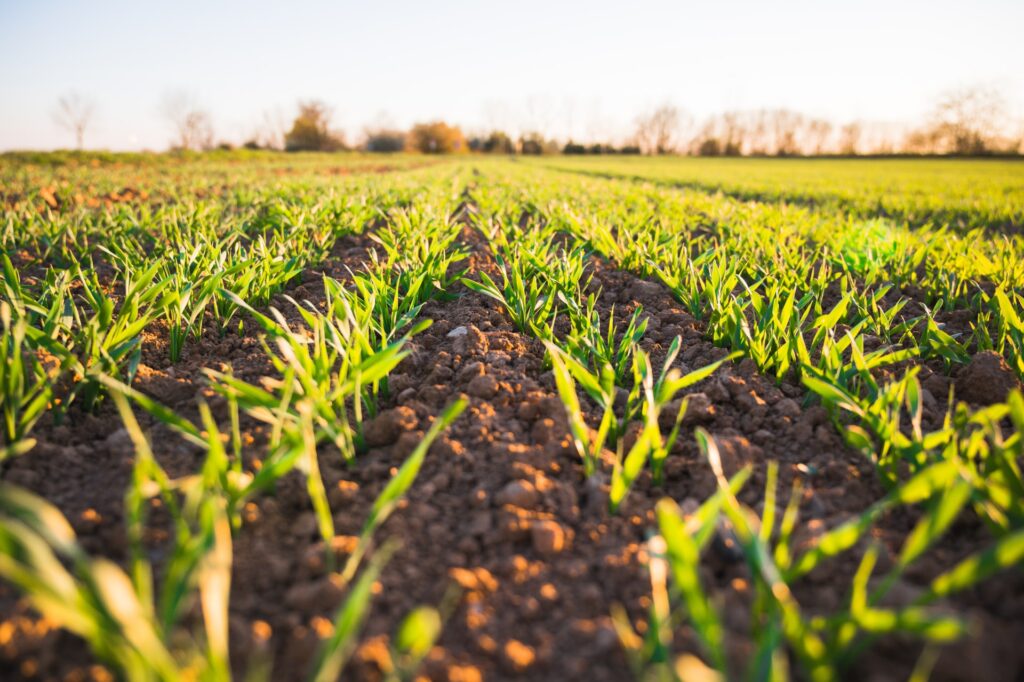A team of researchers from the University of Nottingham has discovered how a protein in plant roots controls the uptake of minerals and water. This finding could improve the tolerance of agricultural crops to climate change and reduce the need for chemical fertilizers.
This recent study shows that members of the blue copper proteins family, the Uclacyanins are are very important in the formation of Casparian strips.
What are Casparian strips?
Casparian strip (named after Robert Caspary) is a band of cell wall material deposited in the radial and transverse walls of the endodermis and is chemically different from the rest of the cell wall. While the cell wall is made of lignin and without suberin, the Casparian strip is made of suberin and sometimes lignin
Casparian strips are essential structures that control mineral nutrient and water use efficiencies by forming tight seals between cells in plants, blocking nutrients, and water leaking between.
The research, published in journal Current Biology is the first evidence showing the implications of this family in the biosynthesis of lignin, one of the most abundant organic polymers on the planet. The research reveals that the molecular machinery required for Casparian strip lignin deposition is highly ordered by forming nano-domains which can have a huge impact on plant nutrition, a finding that could help in the development of crops that are efficient in taking in the nutrients they need.
These new findings can play an important role in global food security. According to studies, crop yield should double by 2050 and achieving that in an environmentally sustainable way is difficult. This is where studies like this come into action.
Guilhem Reyt from the School of Biosciences and Future Food Beacon at the University of Nottingham has led this research project, he says: “This research is important in revealing the molecular mechanics underpinning efforts to improve mineral nutrient and water use efficiencies and enhanced stress tolerance, making crops more able to withstand flooding, drought, nutrient deficiencies and trace element toxicities.”
Journal Reference:
Guilhem Reyt, Zhenfei Chao, Paulina Flis, Isai Salas-González, Gabriel Castrillo, Dai-Yin Chao, David E. Salt. Uclacyanin Proteins Are Required for Lignified Nanodomain Formation within Casparian Strips. Current Biology, 2020; DOI: 10.1016/j.cub.2020.07.095

